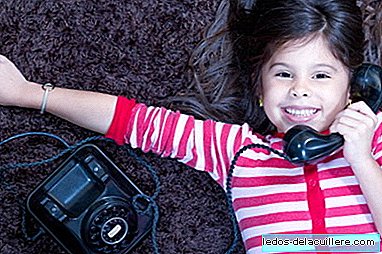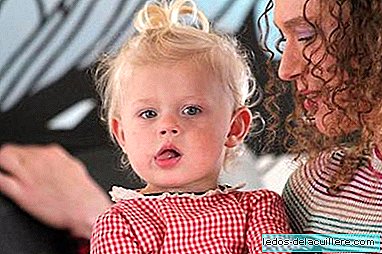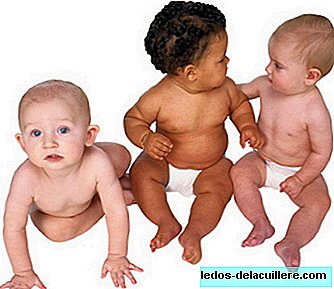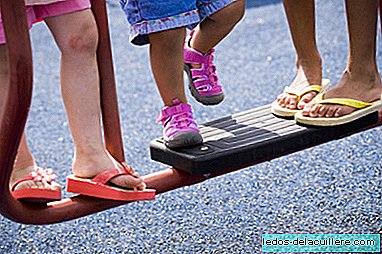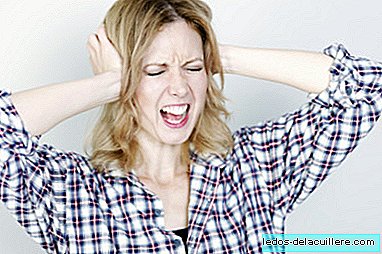
It is not the first time we talked about a relationship between pool chlorine and respiratory conditions, however it is surprising that reference has been made to children under 2 years. According to a new study, Children who start swimming before age 2 would be at risk of developing a lung infection frequent, bronchiolitis or asthma and respiratory allergies in the future.
The data, published in the "European Respiratory Journal," adds to the evidence that exposure to water in chlorinated pools affects children's respiratory health, especially if there is a family history of asthma or respiratory allergies, such as seasonal allergic rhinitis. .
Again, the danger of indoor swimming pools is stressed, where there is no air that can dissipate harmful substances. When the chlorine to disinfect the water is combined with sweat, saliva or urine, irritating substances are formed that, in time, can injure the airways.
Bronchiolitis is one of the diseases that can appear, an infection of the small airways of the lungs usually caused by respiratory syncytial virus, common in infants. In the study, small swimmers with that infection were also at high risk of developing asthma or kindergarten respiratory allergies.
The study data
The study has been carried out by a team of researchers in Belgium and is entitled "Infant swimming in chlorinated pools and the risks of bronchiolitis, asthma and allergy", "Child swimming in chlorinated pools and the risks of bronchiolitis, asthma and allergy".
Bernard's team evaluated 430 young children in Belgium and interviewed their parents to find out their children's medical history, if they swam and other factors. The authors found that 36% of children exposed to outdoor or indoor chlorine pools before 2 years had already had bronchiolitis.
In children who had only used indoor pools more than 20 hours before 2 years, the risk of bronchiolitis was 3.5 times higher than in those who had never been in a chlorinated pool at that age. The risk in children swimming in indoor pools also increased. The risk is found in chloramine (resulting from the reaction of chlorine with organic elements derived from the skin and urine) in very high concentrations.
There were no significant differences in asthma and allergy rates between swimmer and non-swimmer babies. But by exclusively analyzing the group that had bronchiolitis, the team saw that only swimmers were at greater risk of developing asthma and respiratory allergies.
Is swimming for babies advised against?
The conclusions indicate that it is very likely that irritation of the airways that produce chlorine derivatives increases the vulnerability of babies to bronchiolitis. Therefore, the infection and Chronic exposure to chlorine would interact to raise the child's risk of developing asthma and allergies in the future.
However, although chlorine increases the risk of childhood allergies, scientists do not advise swimming for babies, as it is a "pleasant" way for children to exercise.
But you should not forget that chlorine disinfectants and their derivatives are powerful irritants to the skin and airways, and therefore you should not use excess chlorine in the home pools and avoid public pools that do not control these aspects.
Definitely the application of chemical products must be regulated in the pool water, especially those used by babies and children, because we cannot enjoy the benefits of swimming if these implicit risks exist. We must be the first to demand it from those responsible for the pools.



